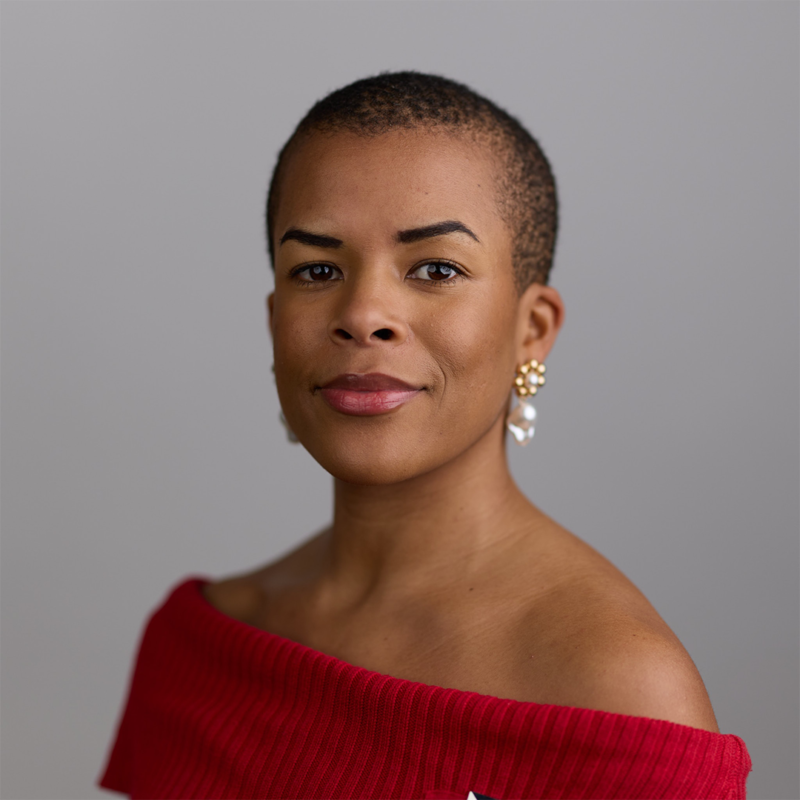
Radical approaches to adaptive reuse
Written By
The Davidson Prize
19.02.2024
We spoke with Alice Finney, Design Editor at Elle Decoration UK, about design approaches and materials that break the mould.
What will you be looking for as a judge of the 2024 Davidson Prize?
I’ll be looking for radical ideas that challenge and creatively disrupt preconceived notions about adaptive reuse. I hope to see concepts that can be applied beyond the confines of homes in the UK and that can be extrapolated and adopted across the globe to solve the global housing crisis, for example by carefully considering access to materials and resources. I would love to see submissions that consider how the home can be future-proofed for generations and changing climates to come as well as submissions that respect the existing surrounding environment, culture and community.
If you were Housing Minister for a day what single measure would you put in place to start tackling the housing crisis?
Ban no fault evictions now.
Is there an example of residential adaptive reuse that really stands out to you, and why?
I am really inspired by Ghanaian spatial design studio Limbo Accra’s long term research on adaptive reuse. The studio is currently building an extensive archive of the numerous unfinished, undeveloped and abandoned buildings in west Africa called ‘Into the Void’. To create the archive, the team takes photographs on iPhones and cameras of the vacant buildings, before using the technique of photogrammetry to scan the structures and create a digital skeleton of the building. The studio then invites creatives and collaborators to propose ways of completing them so they have a new function in society. By digitally documenting the buildings, Limbo Accra hopes to ‘revitalize their existence and purpose and allow individuals to interact with the scanned sites in a space that forms creative and interdisciplinary engagement.’ Its aim is to raise awareness of the existence of such buildings as well as insight imagination and their potential ‘evoke a collective reimagining of what once stood and what may yet come to be, allowing everyone to perceive the site as a space of potential for an alternative future.’
What alternative sustainable building material is most exciting/stands out the most to you?
There is great unexplored potential in seaweed. In Denmark – a country with many islands surrounded by water – thatching roofs from seaweed has taken place since the 17th Century. More recently, there have been promising investigations about its uses in architecture including designer Julia Lohmann's kelp pavilion, which she showed at the World Economic Forum conference in Davos in 2020. Seaweed is naturally fireproof, unable to rot, sequesters carbon up to 20 times more than land forests but, in comparison with other popular sustainable materials, its application in architecture remains largely untapped which is why it’s so exciting!